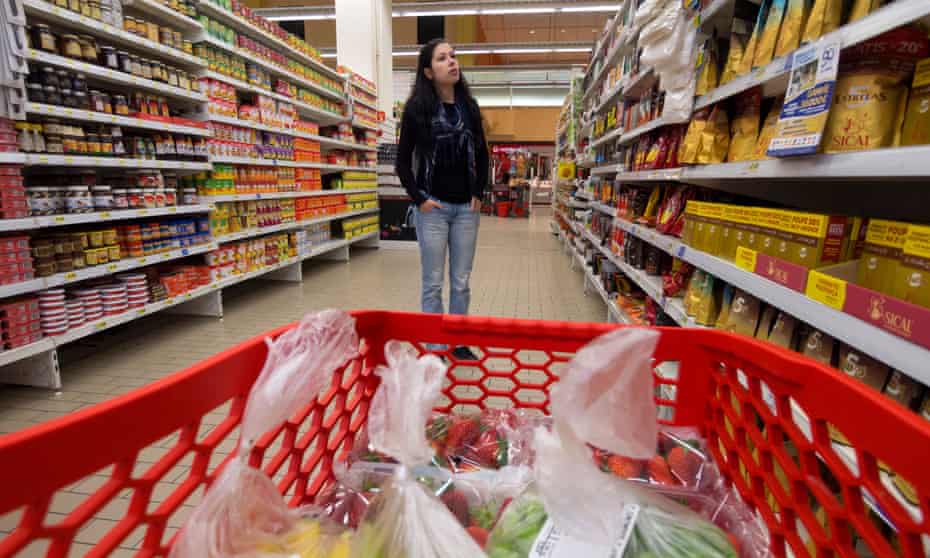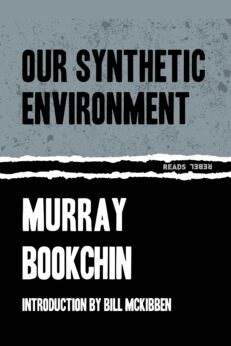International experts who analyzed more than 1,200 scientific studies warn chemicals are being consumed with unknown long-term impacts
 Manufacturers are either intentionally or unintentionally adding chemicals to packaging, said a report co-author. Either way, many of those chemicals are ending up in the human body, he said. Photograph: Sergio Azenha/Alamy
Manufacturers are either intentionally or unintentionally adding chemicals to packaging, said a report co-author. Either way, many of those chemicals are ending up in the human body, he said. Photograph: Sergio Azenha/AlamySupported by

Matt Krupnick
An international group of scientists analyzed more than 1,200 scientific studies where chemicals had been measured in food packaging, processing equipment, tableware and reusable food containers.
A report released on Thursday by the Food Packaging Forum, a Switzerland-based non-profit, noted little is known about many of the 3,240 chemicals examined in these studies or their effects on people.
Manufacturers are either intentionally or unintentionally adding these chemicals to packaging and other equipment, said Pete Myers, a report co-author and founder and chief scientist of Environmental Health Sciences, a non-profit advocacy group. Either way, many of those chemicals are ending up in the human body, he said.
“If we don’t know what it is, we don’t know its toxicity,” Myers said. “The mix of chemicals is just too complicated to allow us to regulate them safely.”
The new analysis, published in the journal Critical Reviews in Food Science and Nutrition, comes amid growing concerns about exposure to potentially toxic chemicals in food and water.
The Food Packaging Forum has created a searchable database with the chemicals found in the packaging and equipment, known as food contact materials. While many of the chemicals on the list are known hazards such as phthalates and PFAS, others have not been adequately studied, the group said, and their health effects are unclear.
Researchers were shocked to find chemicals in food contact materials that consumers could have no knowledge of. Just one-third of the chemicals studied appeared in a previously compiled database of more than 12,000 chemicals associated with the manufacturing of food contact materials.
Nearly two-thirds of the studies analyzed in the new report looked at chemicals in plastic. Packaging manufacturers often add chemicals without knowing the long-term ramifications, said Jessica Heiges, a UC Berkeley doctoral candidate who studies disposable food items such as plasticware and packaging and was not involved in the report.
The chemicals “are terrifying because we don’t know what their impacts are”, Heiges said. “What’s most alarming is this cocktail of chemicals, how they’re interacting with each other. Some of them are persisting in the environment and in our bodies as we’re consuming them.”
It’s likely many of those unknown chemicals are harmful, said Alastair Iles, an associate professor in UC Berkeley’s environmental science, policy and management department, also not involved with the study.
“The report only underlines our gross ignorance when it comes to the chemicals that people are being exposed to every day,” he said. “If we didn’t know that there were so many chemicals in packages, what does that say about our knowledge about chemical risks?”

OUR SYNTHETIC ENVIRONMENT
- 264 PAGES
- 5.5 X 8.25 INCHES
- ISBN: 9781632461278
- 2021-09-15
14.95
Originally published in 1962, Our Synthetic Environment is a pioneering work that exposes the negative effects that chemicals and other toxins in our environment have on human health. From the degradation of our food and soil due to industrial agricultural methods, to how pollution, radiation and other issues with the air we breathe and the way we live are the causes of illnesses like cancer, the book was visionary in its anticipation of many of the ecological problems our planet faces today. Written by one of the leading radical eco-thinkers of the twentieth century, Our Synthetic Environment is as vital a read today as it was sixty years ago.
An essential companion to Rachel Carson’s Silent Spring, this new edition of Our Synthetic Environment features an introduction by environmentalist and best-selling author Bill McKibben.
Murray Bookchin (1921–2006) was an American anarchist, political philosopher, trade-union organizer, and educator. A pioneer in the environmental movement, Bookchin formulated and developed the theory of social ecology and urban planning, within anarchist, libertarian socialist, and ecological thought. He was the author of two dozen books covering topics in politics, philosophy, history, urban affairs, and social ecology. Among his most important were Our Synthetic Environment (1962), Post-Scarcity Anarchism (1971), The Ecology of Freedom (1982) and Urbanization Without Cities (1987). Bookchin was a prominent anti-capitalist and advocate of social decentralization along ecological and democratic lines. His ideas have influenced social movements since the 1960s, including the New Left, the anti-nuclear movement, the anti-globalization movement, and Occupy Wall Street.

No comments:
Post a Comment